
In this unit, students discover that pushes and pulls are forces that change the motion of an object. They begin by exploring how objects move in different directions when they are pushed or pulled, and then investigate how changing the strength of a force changes the distance an object moves. They then use a model to see how friction affects the distance and speed with which an object moves over a surface.
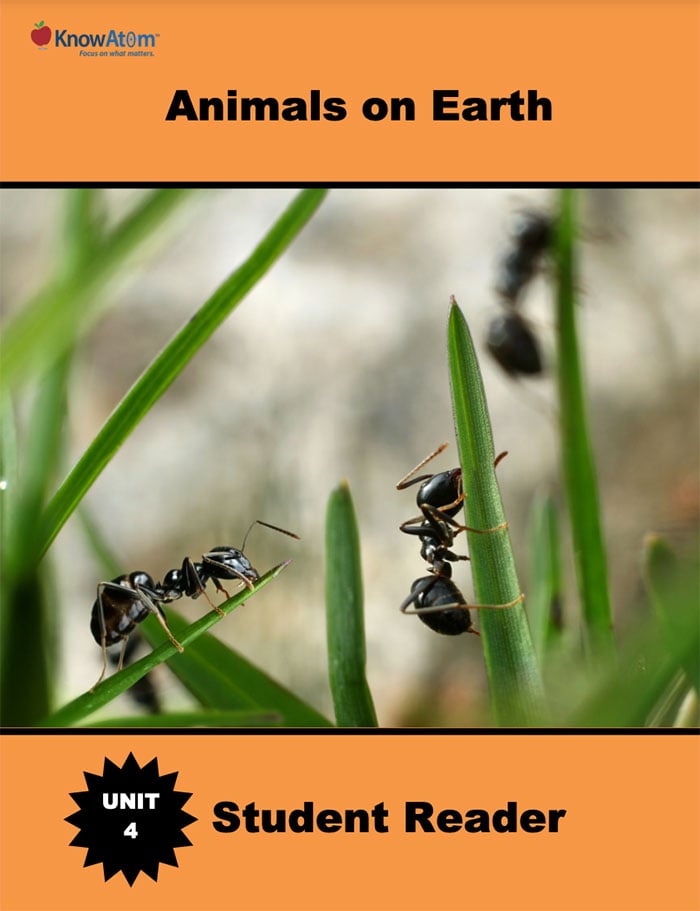
In this unit, students focus on animals, analyzing how animals’ body parts help them survive and grow. This page is a high-level extract of the first lesson of the unit in which students build insect models to investigate the science phenomena of an insect’s body parts’ structure and function. Students observe how ants use their body parts to get what they need to survive.
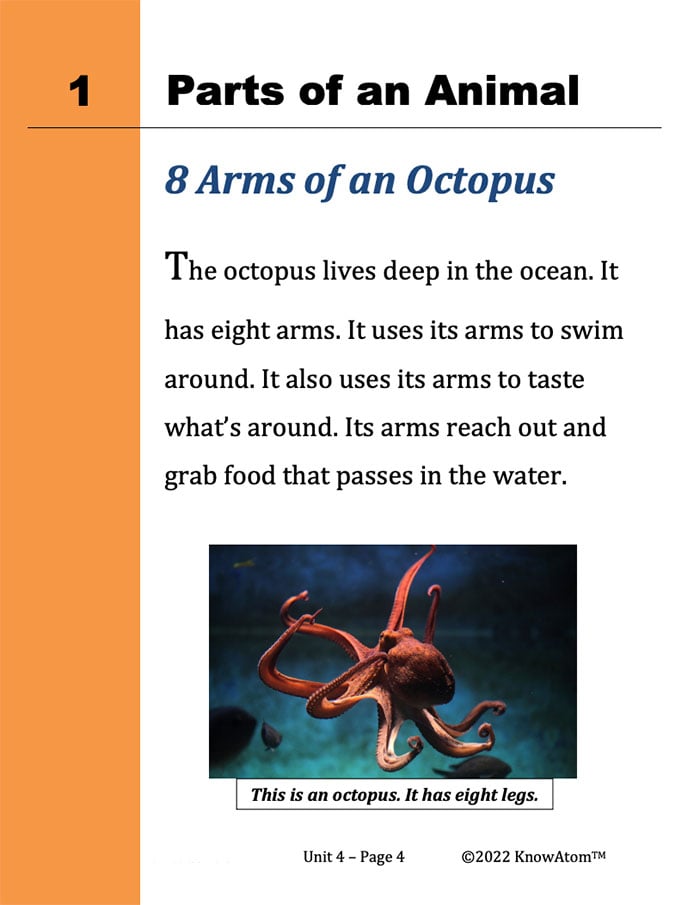
Once students have modeled the science phenomena of insects’ body parts, they then focus on one kind of insect: the ant. They conduct an experiment to test the taste preference of harvester ants, and observe how ants use their different body parts to get food, communicate with one another, and carry out other life functions.
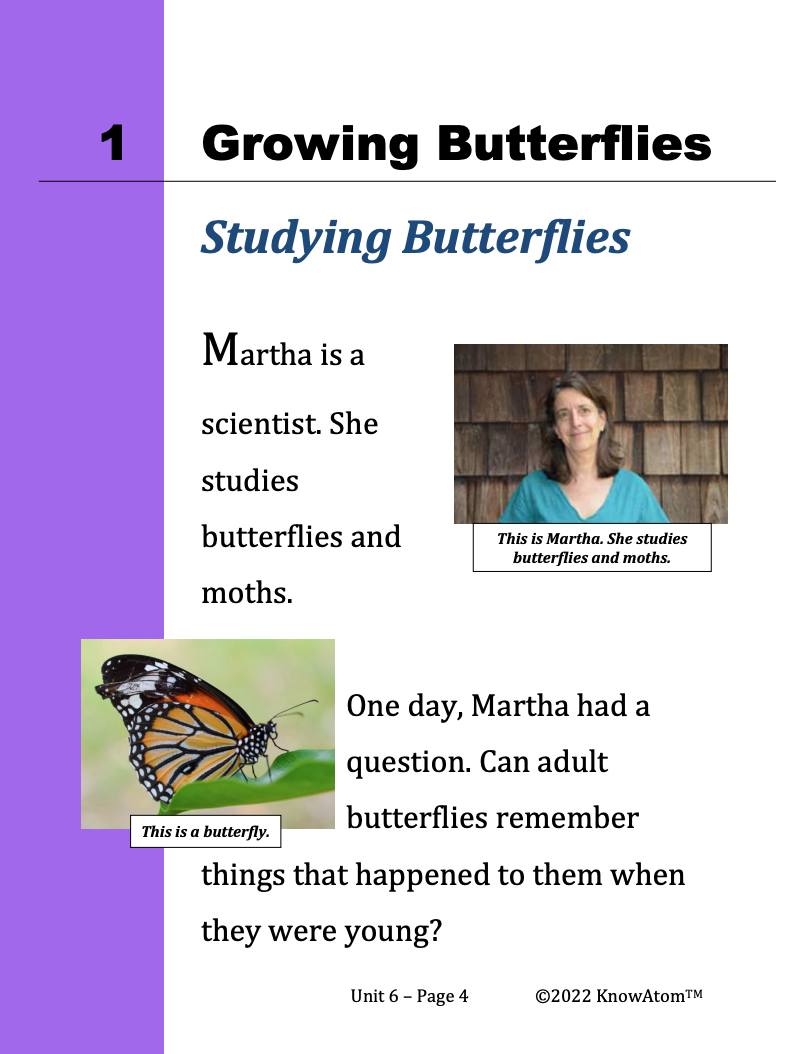
In this unit, students continue to learn about living things, focusing on animals. They begin by observing the metamorphosis of a butterfly and then model the parts of a butterfly that help it survive in its environment. This page highlights each component of lesson two in which students explore a butterfly’s body structure and function.

In this unit, students continue to explore the phenomena of living things, focusing on animals. They begin by observing the metamorphosis of a butterfly and then model the parts of a butterfly that help it survive in its environment. This page provides an overview of key components of this lesson that has students applying what they know about pollination to design a self-pollinating technology.
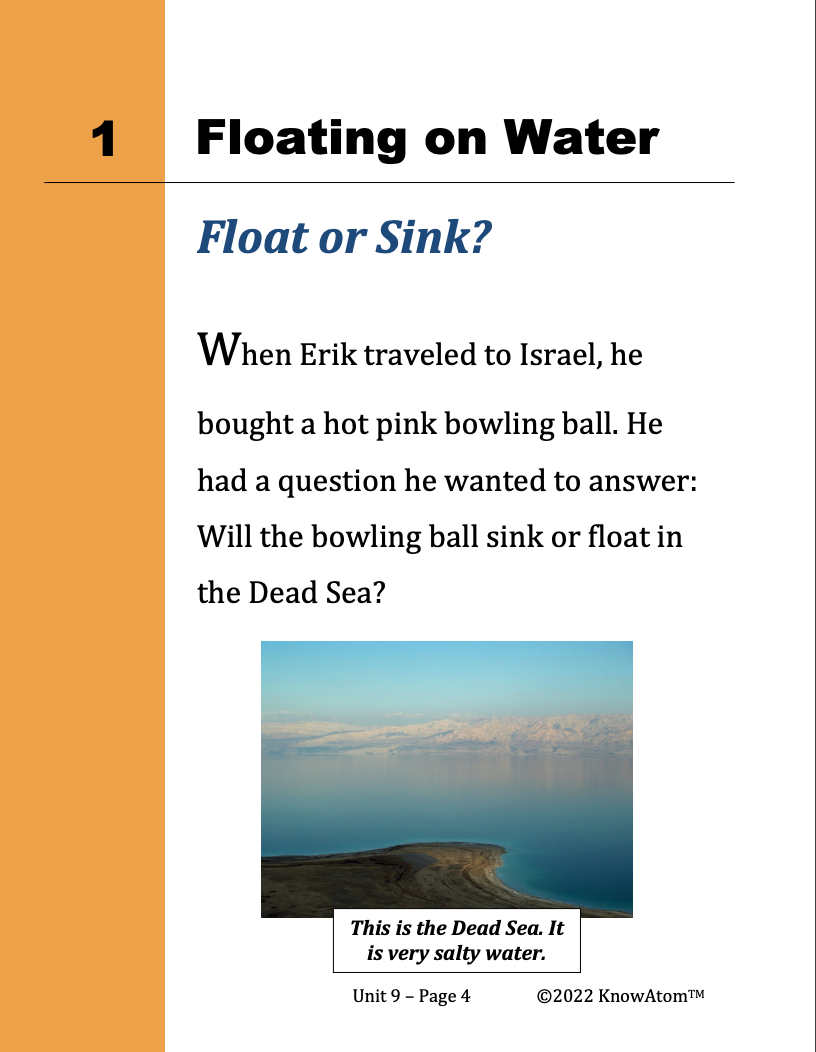
In this unit, students investigate what makes an object float or sink, exploring the science phenomena of properties of objects that float and sink. This page is a high-level extract of the last lesson in 2nd grade that has students applying their knowledge about the relationship between an object’s properties and its ability to float.
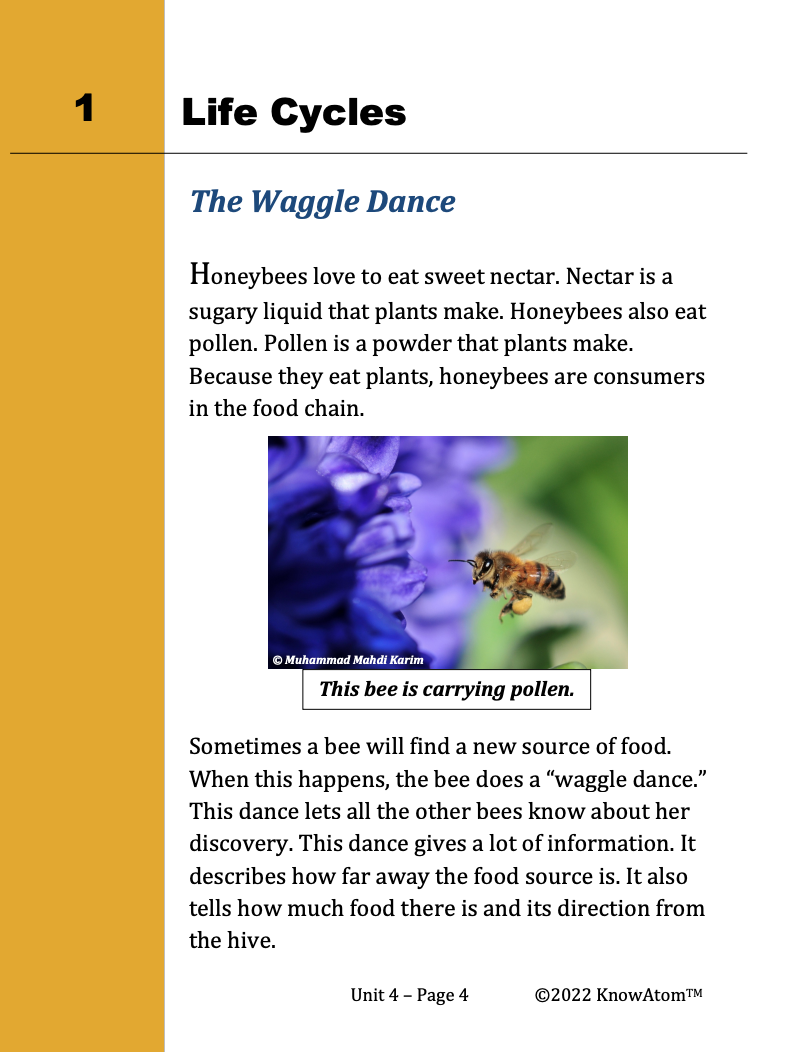
In this unit, students discover the life cycles of different organisms, tracing how individuals move from birth to growth, reproduction, and death. In this lesson, students analyze the science phenomena of how traits are passed down from parent to offspring. This page provides an overview of all the parts of this lesson.
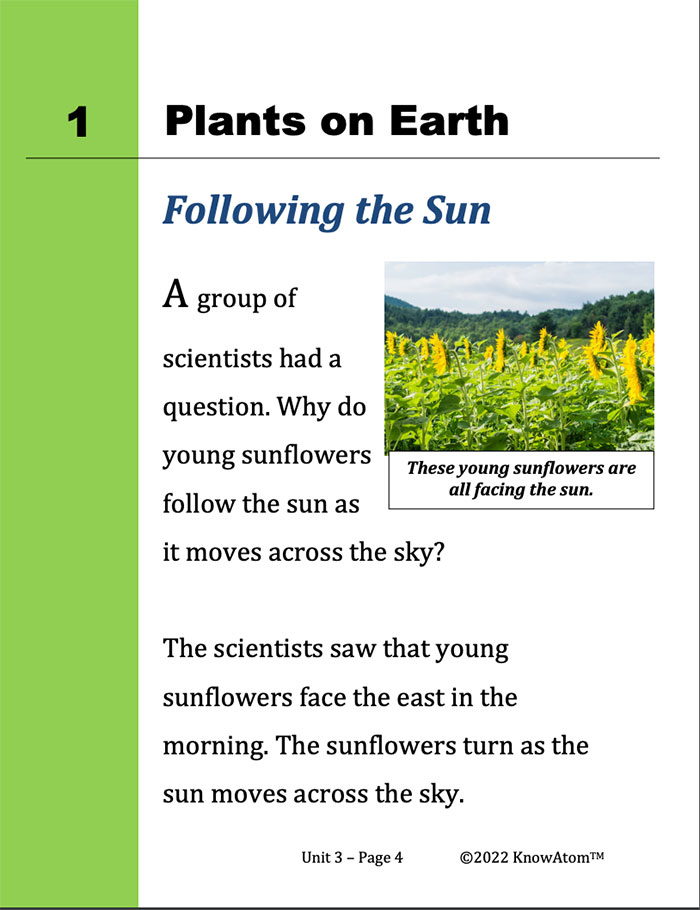
In this unit, students begin an exploration of life sciences. Once students have described the differences between living and nonliving things and analyzed what all living things need to survive, they focus on the parts of plants that help them get what they need to survive.
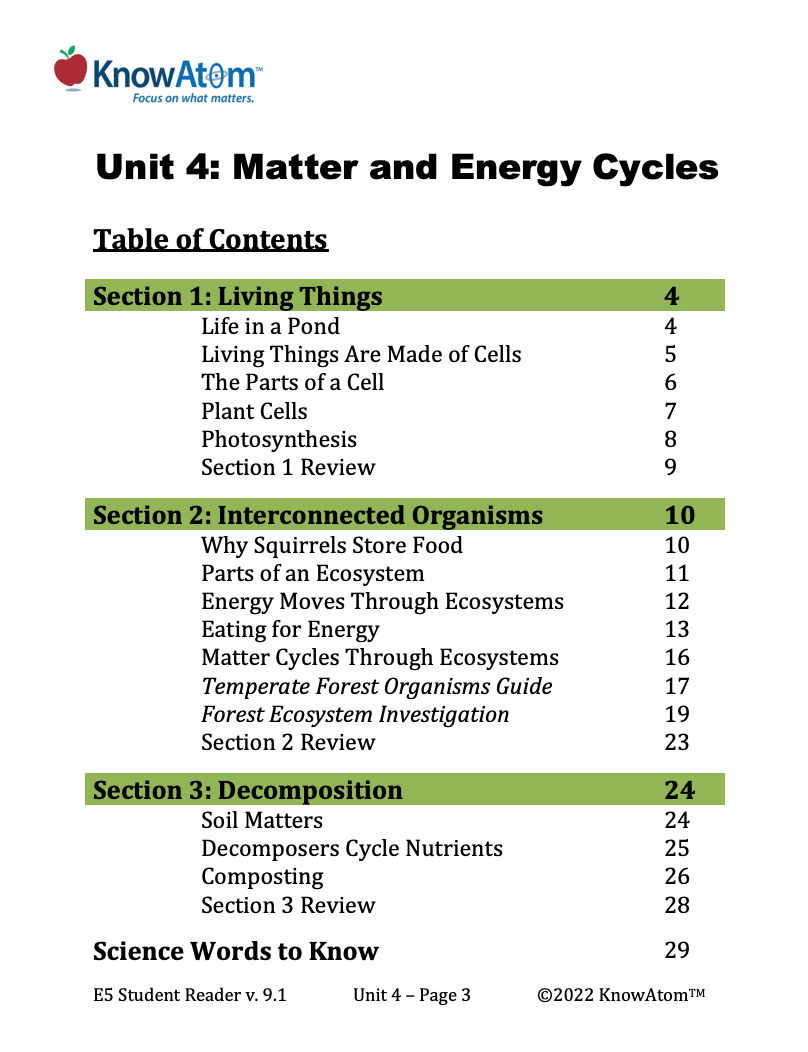
In this unit, students focus on the biosphere, analyzing how living things interact with one another and their environment for survival. In this lesson, students figure out the science phenomenon of how plants gather energy and nutrients. This page is a high-level extract of this lesson.
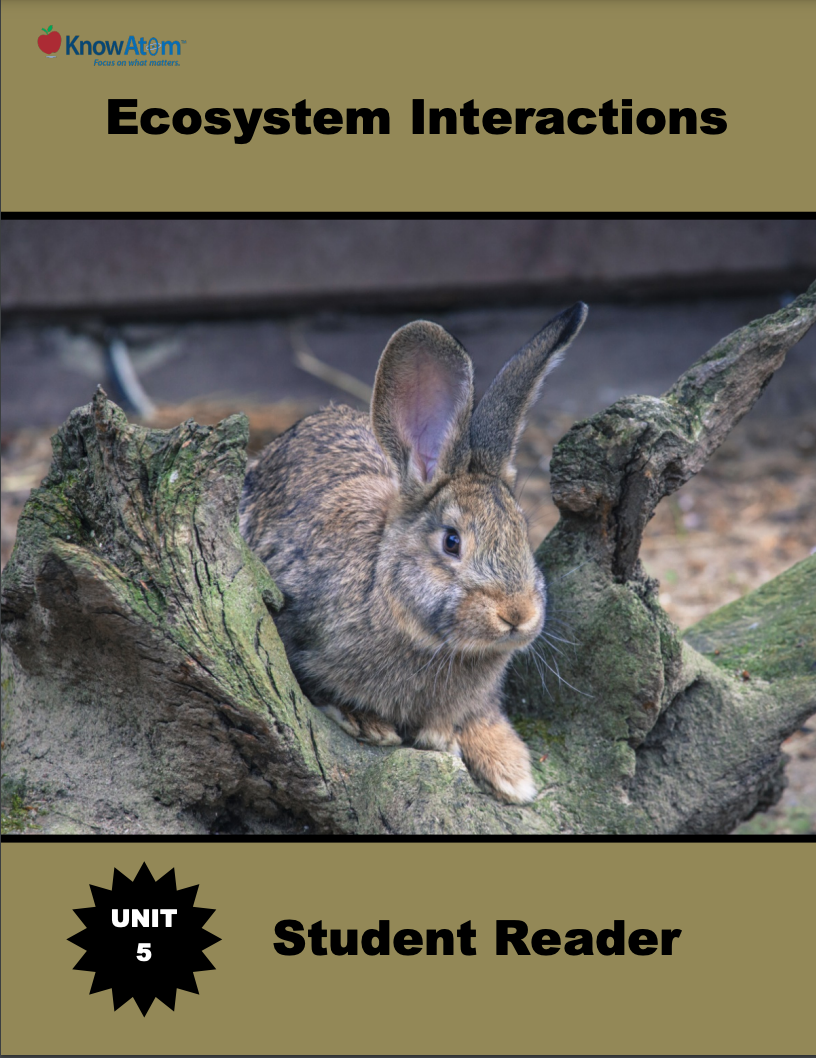
In this unit, students focus on how environmental changes impact the ability of organisms to survive, grow, and reproduce, passing their traits on to future generations. In this lesson, students continue their analysis of how a plant’s structures allow it to grow and develop, focusing on how a change in the environment such as pollution can impact a plant’s ability to complete its life cycle. Specifically, students investigate how acid rain affects the external structures of aquatic plants. This page provides an overview of this lesson.
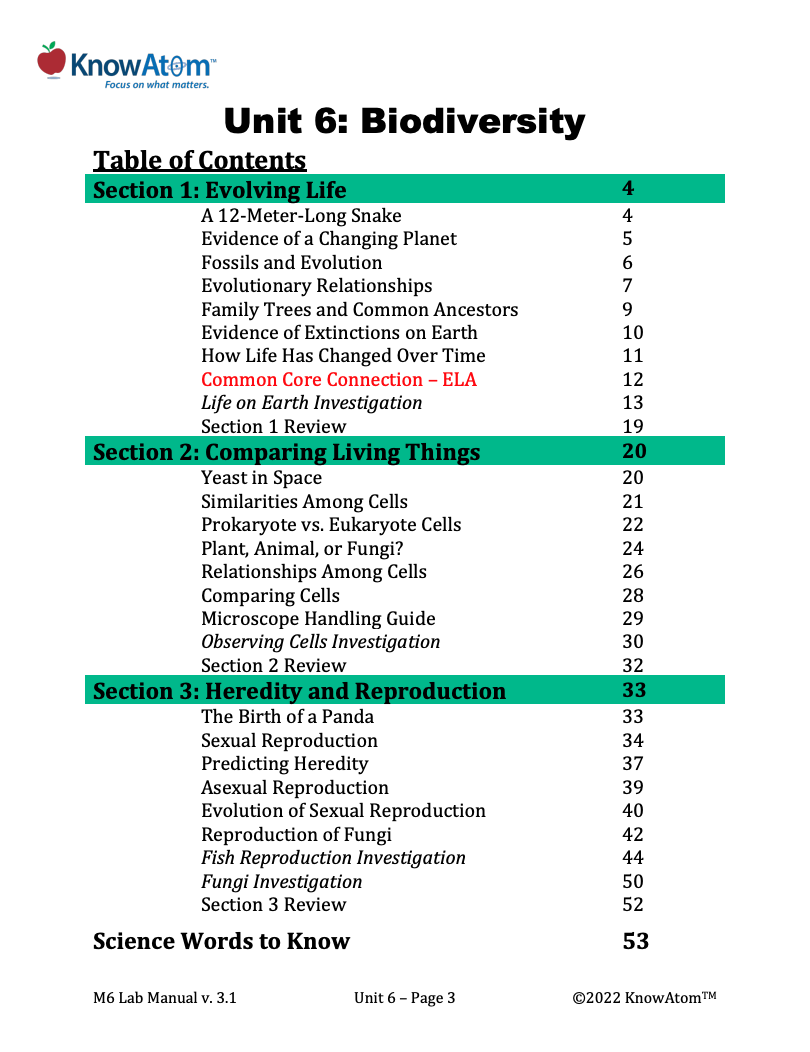
In this unit, students focus on science phenomena related to the diversity of life, analyzing how scientists use the fossil record to tell of how life has evolved over time. In this lesson, students then compare the phenomena of cellular diversity in fungi, plant, and animal cells, exploring how similarities can be used to support evolutionary relationships. This page is a high-level extract of this lesson.
Standards citation: NGSS Lead States. 2013. Next Generation Science Standards: For States, By States. Washington, DC: The National Academies Press. Neither WestEd nor the lead states and partners that developed the Next Generation Science Standards were involved in the production of this product, and do not endorse it.
